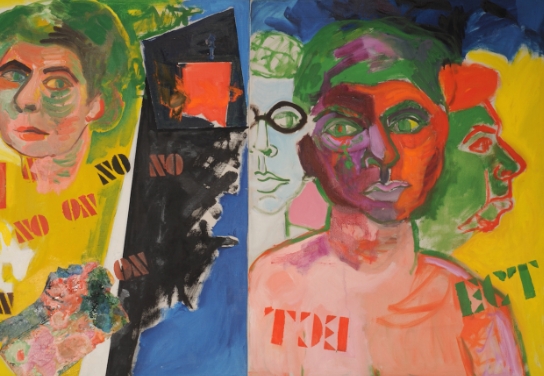Exploring Identity: The Rise of Alternative Self-Portraits
In the age of social media and digital self-representation, the traditional notion of self-portraiture has evolved. Artists are increasingly turning to alternative forms of self-expression to explore their identity and challenge the status quo.
From selfies to animated avatars, the world of self-portraiture is expanding to encompass a wide range of mediums and styles. This shift reflects a desire to break free from conventional artistic norms and embrace more diverse and unconventional forms of self-representation.
Breaking the Mold: The Power of Selfies
Selfies have become a ubiquitous form of self-portraiture in the digital age, allowing individuals to capture their own image and present themselves to the world on their own terms. While selfies are often dismissed as narcissistic or superficial, they can also be a powerful tool for self-expression and empowerment.
By taking control of their own image and shaping how they are seen by others, individuals can explore different facets of their identity and challenge dominant narratives about beauty, race, gender, and sexuality. Selfies can serve as a form of protest against societal expectations and norms, allowing individuals to assert their own agency and reclaim their sense of self.
Exploring Virtual Spaces: The Rise of Animated Avatars
In the realm of virtual reality and online gaming, animated avatars have become a popular form of self-representation for many individuals. These digital personas allow users to create and customize virtual versions of themselves, reflecting their own unique identities and personalities.
By creating and inhabiting these alternative selves, individuals can explore new identities, experiment with different personas, and interact with others in virtual spaces. Animated avatars offer a sense of freedom and possibility, allowing individuals to transcend the limitations of physical appearance and societal expectations.
Pushing Boundaries: Challenging the Status Quo
As artists continue to push the boundaries of self-portraiture, they are challenging traditional notions of identity and representation. By embracing alternative forms of self-expression, they are breaking free from the constraints of conventional artistic norms and exploring new possibilities for self-discovery and self-creation.
Whether through selfies, animated avatars, or other innovative mediums, the rise of alternative self-portraits signals a shift towards more diverse and inclusive forms of self-representation. By embracing new ways of visualizing and interpreting identity, artists are opening up new horizons for creativity and self-expression in the digital age.



